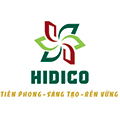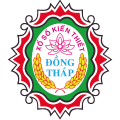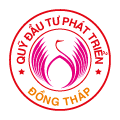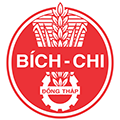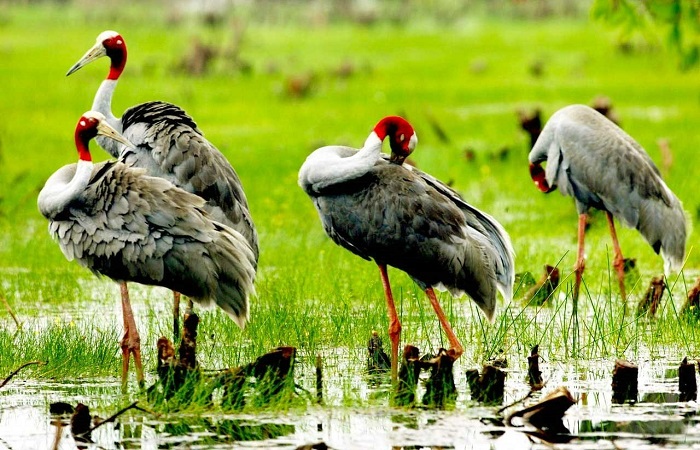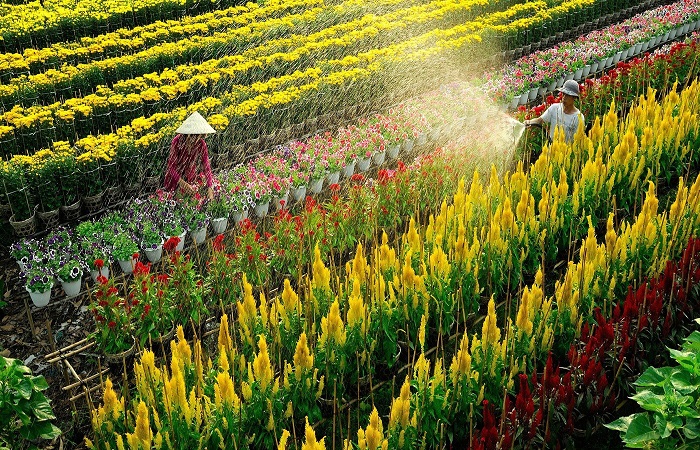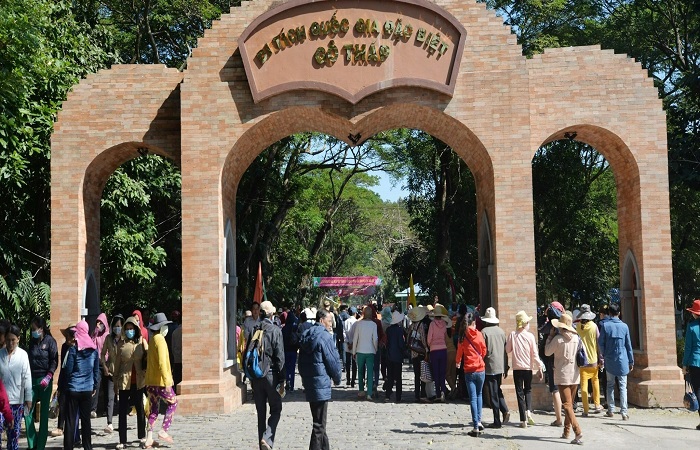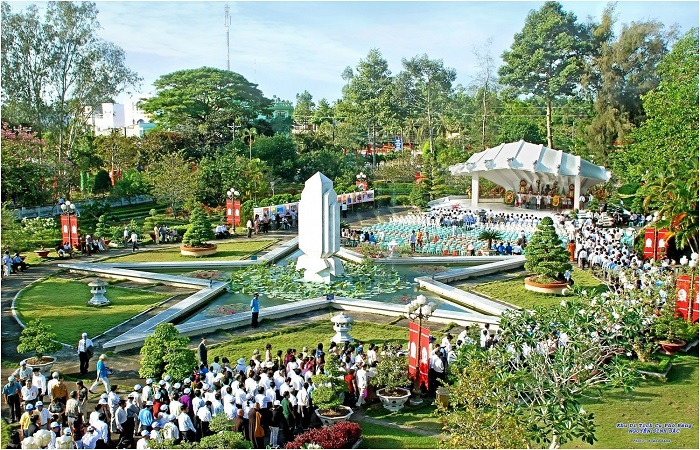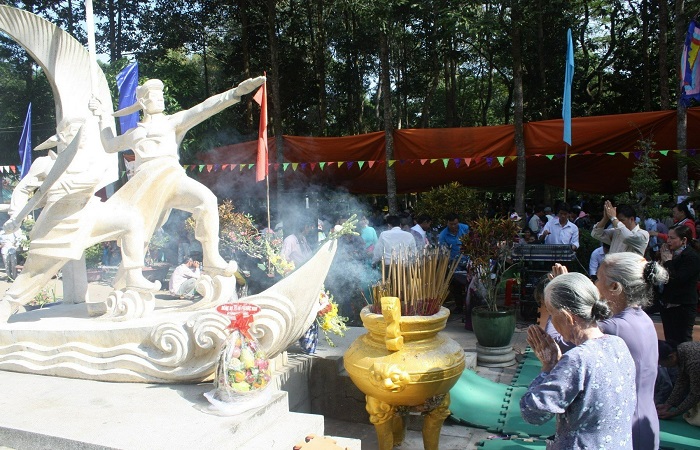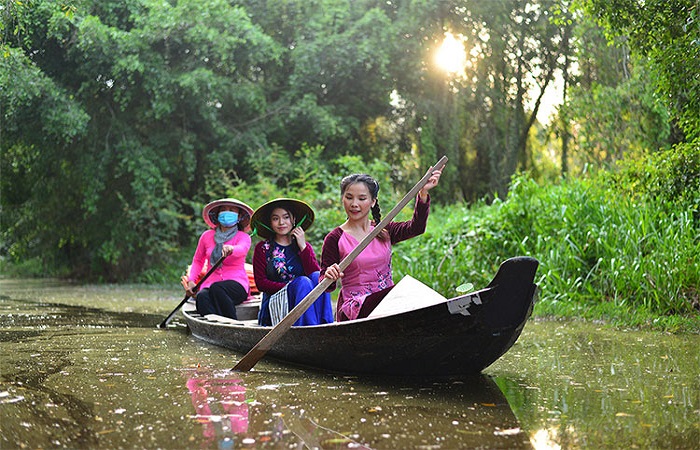Conservation and Development of Tram Chim Wetland Ecosystem
On October 3rd, the Provincial People's Committee approve the sustainable forest management plan of Tram Chim National Park for the 2021 – 2030 period.

Ecotourism service in Tram Chim National Park (Source: dulich.dongthap.gov.vn)
In terms of the economy, the specific objectives of the plan are about revenue from payment for forest environmental services, ecotourism, resorts, entertainment, and forest environment rental. It is expected to reach about 10 billion VND per year to provide a return to forest protection, biodiversity conservation, and the development of Tram Chim National Park.
In terms of the environment, it aims to conserve and develop the wetland ecosystems, with about 2.600 ha of Melaleuca forest and 3.600 ha of typical grassland habitats such as lotus, water lily, Panicum repens, yellowed grass, Xyris indica, Oryza rufipogon L, Eleocharis atropurpurea, and Eleocharis specie, which are the habitat and distribution of many endangered, precious, and rare species of flora and fauna through water management and regulation measures; forest fire prevention and fighting programs; restoration of forest; and biodiversity conservation.
Each area of Tram Chim National Park is defined by a suitable function for actual conditions of natural biodiversity to serve as a basis for establishing measures for conservation, exploitation, sustainable use of wetlands and ecotourism services.
In terms of society, the plan also aims to: create jobs and increase incomes for skilled workers such as tour guides and Don Ca Tai Tu clubs in the locality; raise awareness of sustainable forest management; and step by step perfect the infrastructure system.
Through leasing forest environments, eco-tourism businesses will create jobs and attract households in the buffer zone with electric vehicles and environmentally friendly vehicles to participate in the activities of eco-tourism. Therefore, it will raise awareness and enhance the participation of local authorities and communities in forest development and protection activities. It also reduces pressure on forest protection and Tram Chim National Park conservation, as well as the pressure of the community living on the edge of the forest, limit the situation of illegally entering the forest to set traps and hunt wild animals.
|
Solutions for biodiversity conservation by zones: + Zone A1: a place to conserve seasonal wetland habitats for water birds to live and feed. + Zone A2: a location for the preservation of Melaleuca forests, aquatic species, and other habitats. + Zone A3, C: places to preserve and regenerate all typical habitats for ecotourism development. + Zones A4, A5: locations to protect seasonally flooded grassland habitats suitable for waterbirds. |
Source: 1069/QĐ-UBND-HC
Translated by Gia Vi















